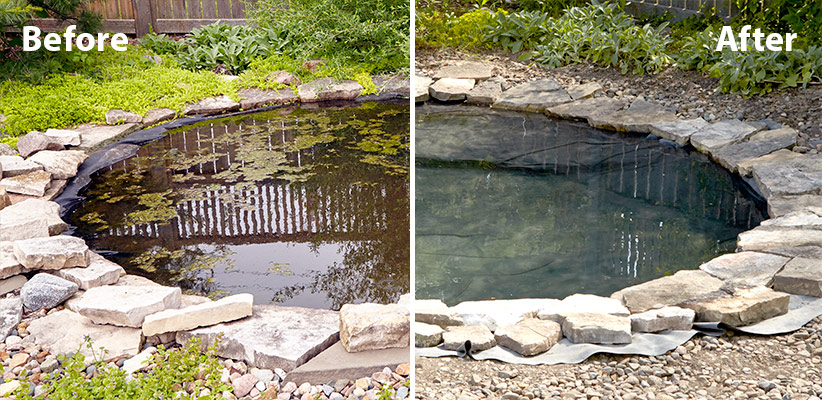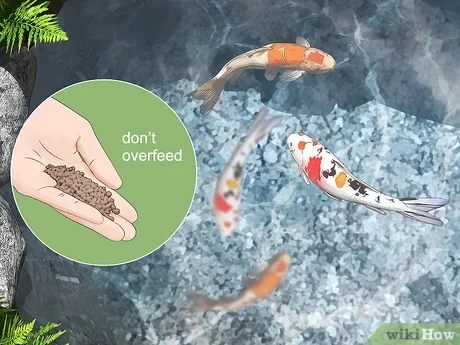Algae growth in ponds is a common problem that many pond owners face. Excessive algae can not only make your pond look unsightly but can also harm aquatic life and disrupt the ecosystem. In this article, we will discuss effective methods to kill algae in a pond and restore the balance of your aquatic environment.
Understanding Algae Growth
Algae are simple, plant-like organisms that can grow rapidly in the presence of sunlight and nutrients. Factors such as warm temperatures, nutrient-rich water, and stagnant water can contribute to algae blooms in ponds. There are different types of algae, including green algae, blue-green algae, and string algae, each requiring specific treatment methods.

Credit: www.youtube.com
Methods to Kill Algae in a Pond
There are several methods you can use to combat algae growth in your pond. Let’s explore some of the most effective ways to kill algae and restore the health of your pond:
1. Physical Removal
One of the simplest ways to control algae is through physical removal. Use a pond skimmer or rake to remove algae from the surface of the water. Regularly cleaning debris and decaying organic matter from the pond can also help reduce nutrient levels that fuel algae growth.
2. Algaecides
Algaecides are chemical treatments specifically designed to kill algae. When using algaecides, it is essential to follow the manufacturer’s instructions carefully to avoid harming fish and other aquatic life in the pond. Copper-based algaecides are commonly used to treat algae in ponds.
3. Biological Control
Introducing beneficial bacteria and algae-eating organisms into your pond can help naturally control algae growth. These organisms can compete with algae for nutrients, effectively reducing algae populations. Consider adding pond plants, snails, or fish that feed on algae to help maintain a balanced ecosystem.
4. Uv Sterilizers
UV sterilizers use ultraviolet light to kill algae cells and prevent them from reproducing. Installing a UV sterilizer in your pond can help control algae blooms and improve water clarity. Regular maintenance and cleaning of the UV sterilizer are crucial for optimal performance.
5. Aeration
Aeration can help prevent algae growth by increasing oxygen levels in the water. Aerators promote beneficial bacteria growth, which can outcompete algae for nutrients. Consider installing a fountain, waterfall, or air pump to improve water circulation and aeration in your pond.
6. Shading
Reducing sunlight exposure can inhibit algae growth in your pond. Planting trees, shrubs, or aquatic plants around the pond can provide shade and help regulate water temperature. Installing a pond cover or using floating plants can also help reduce sunlight penetration and control algae growth.

Credit: www.gardengatemagazine.com
Preventing Algae Growth
While treating algae is essential, preventing its recurrence is equally important. Here are some tips to help prevent algae growth in your pond:
- Regularly test and monitor water quality parameters such as pH, ammonia, and nitrate levels.
- Avoid overfeeding fish and limit the use of fertilizers near the pond to reduce nutrient runoff.
- Maintain a healthy balance of aquatic plants to absorb excess nutrients and provide competition for algae.
- Ensure proper filtration and circulation to keep water clean and oxygenated.
- Perform regular maintenance tasks such as cleaning filters, removing debris, and pruning plants to prevent nutrient buildup.
Conclusion
Algae control in ponds requires a multi-faceted approach that combines physical, chemical, and biological methods. By understanding the factors that contribute to algae growth and implementing effective control measures, you can maintain a healthy and balanced pond ecosystem. Remember to regularly monitor water quality, practice good pond maintenance, and seek professional advice if algae problems persist. With proper care and attention, you can enjoy a beautiful and algae-free pond for years to come.


